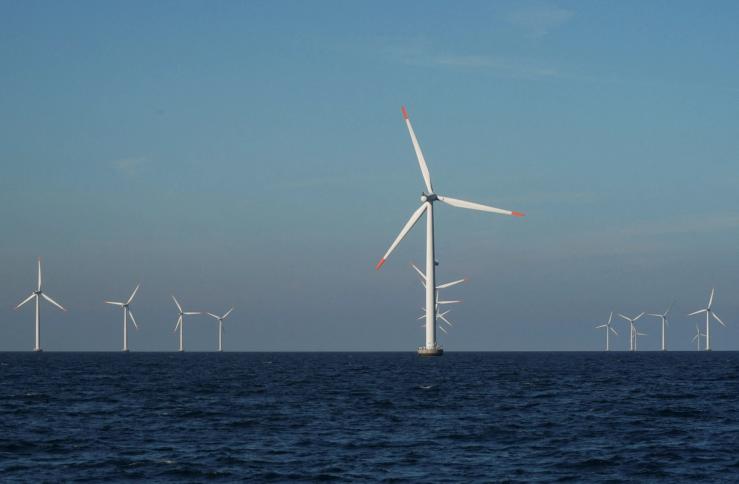The News
Out of 1,500 climate policies implemented across 41 countries over the last two decades, only 63 meaningfully reduced carbon emissions, according to new research.
The scientists analyzed policy data from the Organisation for Economic Co-operation and Development (OECD) to evaluate a range of climate strategies, including bans on coal plants, fossil fuel taxes, and emissions trading schemes. They found that policy mixes had the most success in reducing carbon dioxide emissions significantly, which they defined as a reduction between 0.6 and 1.8 billion tons.
But “more policies do not necessarily lead to better outcomes… Instead, the right mix of measures is crucial,” lead author Nicholas Koch noted.
For example, bans on coal-fired power plants or combustion-engine cars only delivered substantial emissions reductions when combined with tax or price incentives. China. for example, successfully reduced emissions from industry sources by 20.29% using a mix of subsidies and pricing policies, they found.
SIGNALS
There is no one-size-fits-all approach
The idea that policy mixes are more effective at reducing carbon emissions than stand-alone interventions is not new: A study published in January found “traditional” economic instruments, such as taxes, and “behavioral” instruments aimed at nudging citizens toward more pro-environmental actions were more successful when combined. The new research suggests that emissions reductions attributed to single policies (such as a carbon price floor in the UK) were more likely the result of a combination of policies, including market-based incentives and stricter standards. However, it also indicates that successful policy mixes varied across different sectors and countries: For example, pricing schemes proved effective only when applied to electricity in developed countries, suggesting other regions might benefit from a different approach.
China’s centralized system may make it less flexible on climate
China is perhaps the “runaway leader” in the global energy transition, in major part due to its renewables push, as Semafor previously reported. But China’s climate policies involve a political calculus: Beijing’s “green diplomacy,” whereby it distributes clean energy technologies to neighboring countries, bolsters its status as a reliable ally and counterweight to the US, researchers argued in The Diplomat. China “can’t build [its] way out of the climate crisis with solar panels alone,” however, Anthropocene noted, and Chinese consumers’ growing thirst for milk could increase global livestock emissions by a third. At the same time, Beijing’s centralized system could make it less flexible in some cases, “shrinking the space for initiatives tailored to the distinctiveness of local regions,” experts argued in the Brookings Institute.
Biden administration took incentivized approach
The new study looks at data up to 2022, the same year US President Joe Biden signed his signature policy, the Inflation Reduction Act, into law. In the two years since its enactment, the government has directed most of its energy on getting programs off the ground to actually implement its ultimate goal of cutting emissions 50% below 2005 levels by 2030, and developing guidance on tax credits, the World Resources Institute, a non-profit funded by the MacArthur Foundation, noted in a recent status report on the IRA. These credits cover a multitude of green technologies and interventions, from carbon capture and sequestration to electric vehicles, and they are so potentially lucrative to corporations looking to minimize tax that trading them is its own cottage industry, The New York Times noted.



